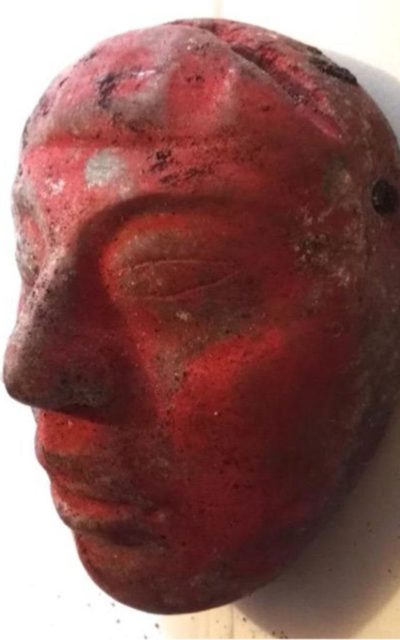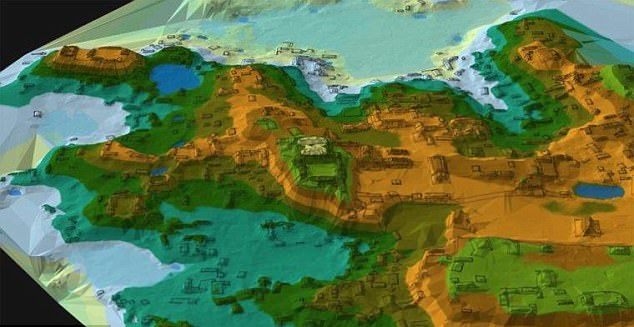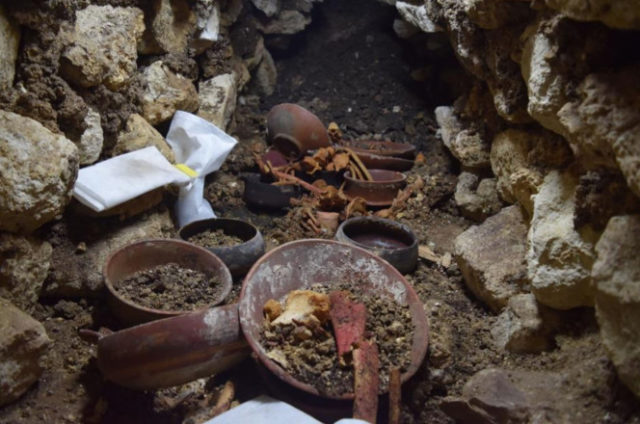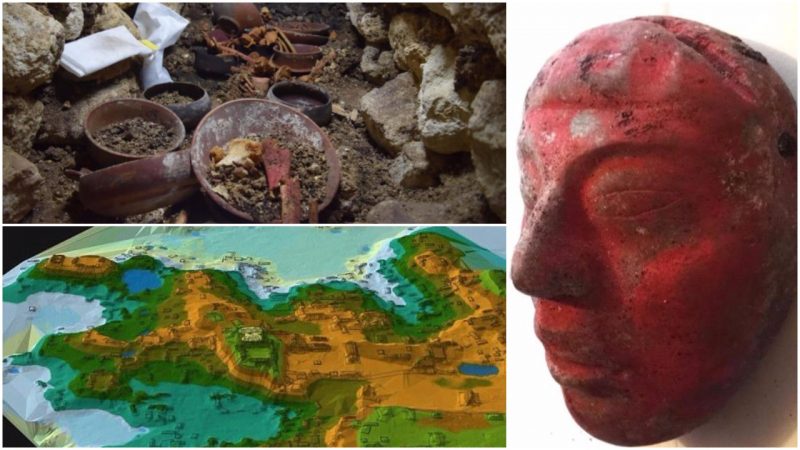On the 65th day of a painstaking excavation of tunnels running underneath a palace acropolis in northern Guatemala, archaeologists discovered the tomb of a Mayan ruler who is believed to have died in the 4th century AD. This is the latest find made at Waka (also known as El Peru), a dense concentration of almost 1,000 pyramids, palaces, and plazas that are yielding many details about the complex civilization of the Mayans.
The Wak Kingdom is sometimes called the Centipede Kingdom; it was part of a vast Mayan empire stretching across Central America until it declined around the year 900 AD and the large cities were abandoned.
The excavation, its results announced in late September 2017, came across a funeral chamber, now believed to be the oldest one recorded so far at Waka. Up to now, six royal tombs and sacrificial offering burial sites from the 5th, 6th, and 7th centuries AD have been found. “We removed one of the rocks and could see a funeral chamber with bone remains,” archaeologist Griselda Pérez Robles told Artnet news. “Their offerings were covered with cinnabar, which indicated that it was a personage of royalty.”

The most striking object found in the tomb so far is a red-painted jade portrait mask with a forehead hair tab of the Maize God. Mayan kings were regularly portrayed as honoring, if not impersonating, the Maize God. The inscription on the mask’s forehead has a symbol that meant “yellow” and “precious” in the Mayan language. Also found were 22 ceramic vessels and a shell pendant that was carved in the shape of a crocodile.
“The Classic Maya revered their divine rulers and treated them as living souls after death,” said research co-director David Freidel, a professor of anthropology in Arts & Sciences at Washington University in St. Louis, Missouri. “This king’s tomb helped to make the royal palace acropolis holy ground, a place of majesty, early in the history of the dynasty. It’s like the ancient Saxon kings England buried in Old Minster, the original church underneath Winchester Cathedral.”
The immensity of Waka’s importance was unknown to researchers and archaeologists until the site was found by oil workers in the 1960s. It is set on a high escarpment, 120 meters above the flood plain of the San Juan River. While it is open to the public, Waka is hard to reach, requiring an “arduous” journey from Flores. Some work was done in the 1970s. But full excavation began in 2003, and is now under the sponsorship of the Waka Research Foundation, partnering with Guatemalan ministry and parks groups.

Earlier, the tomb of a late Mayan queen was found in the palace complex. “The queen wore a masterpiece jade royal jewel and a war helmet,” researchers say. Based on what they found in the tomb, they concluded the queen was a powerful one–“Lady Snake Lord”–who ruled over the Wak kingdom in the 7th century, also known as the Centipede kingdom.
Archaeologists at the site have also discovered an intricately carved stone monument with hieroglyphic text that could date back 1,500 years. The monument is believed to have been dedicated by a Wak king to his father, who died in 556 AD. This was during the Classic period of the Mayans, marked by ambitious building projects and artistic accomplishment.

Human sacrifice was part of the culture of this Mayan period as well. Decapitation, removal of the heart (while still beating), and death by arrows are known.
“The site, given its history and influence in the region, is extraordinary,” Pérez Robles told artnews. “It would not be surprising if further findings of great relevance continue to be uncovered.”
